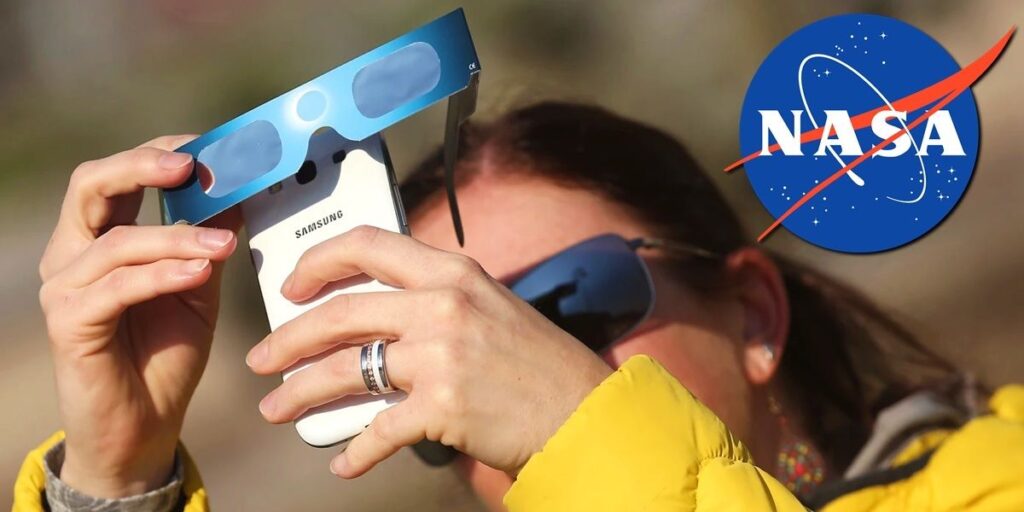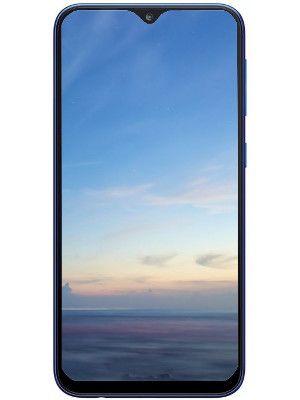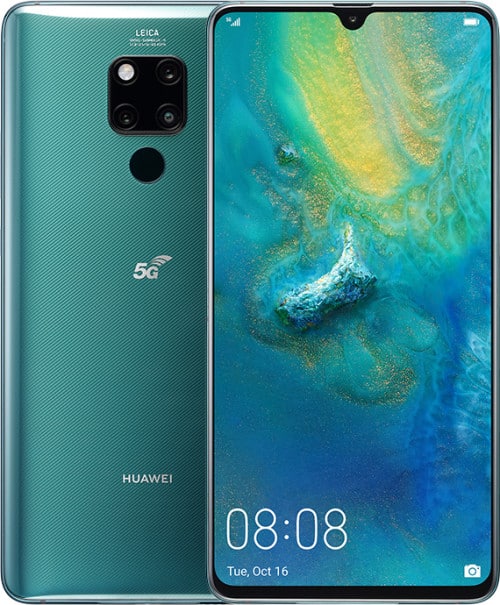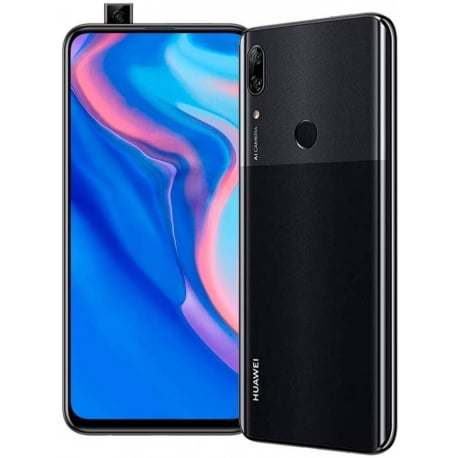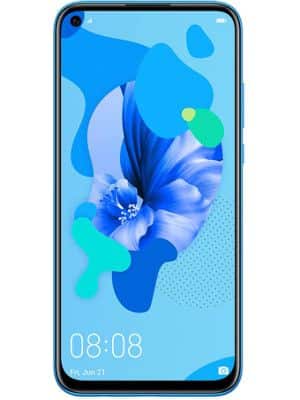A solar eclipse is undoubtedly one of the best spectacles that nature can give us. And since they are such unusual events, it is normal that everyone wants to take photos for memories.
And no, you don’t need to have a professional SLR camera to photograph the solar eclipse. In fact, the National Aeronautics and Space Administration (NASA) says it’s possible to take pictures of a solar eclipse with your cell phone itself. That’s right, NASA has published a series of tips for photographing the eclipse and we’ll tell you what they are below.
4 tips from NASA for photographing a solar eclipse with your mobile phone
Photographing a solar eclipse is easier than photographing a lunar eclipse. Now, it is also important to prepare in advance to get good photos of the eclipse. Below are NASA’s 4 tips for photographing the solar eclipse.
Tip #1: Protect your eyes and your phone’s camera
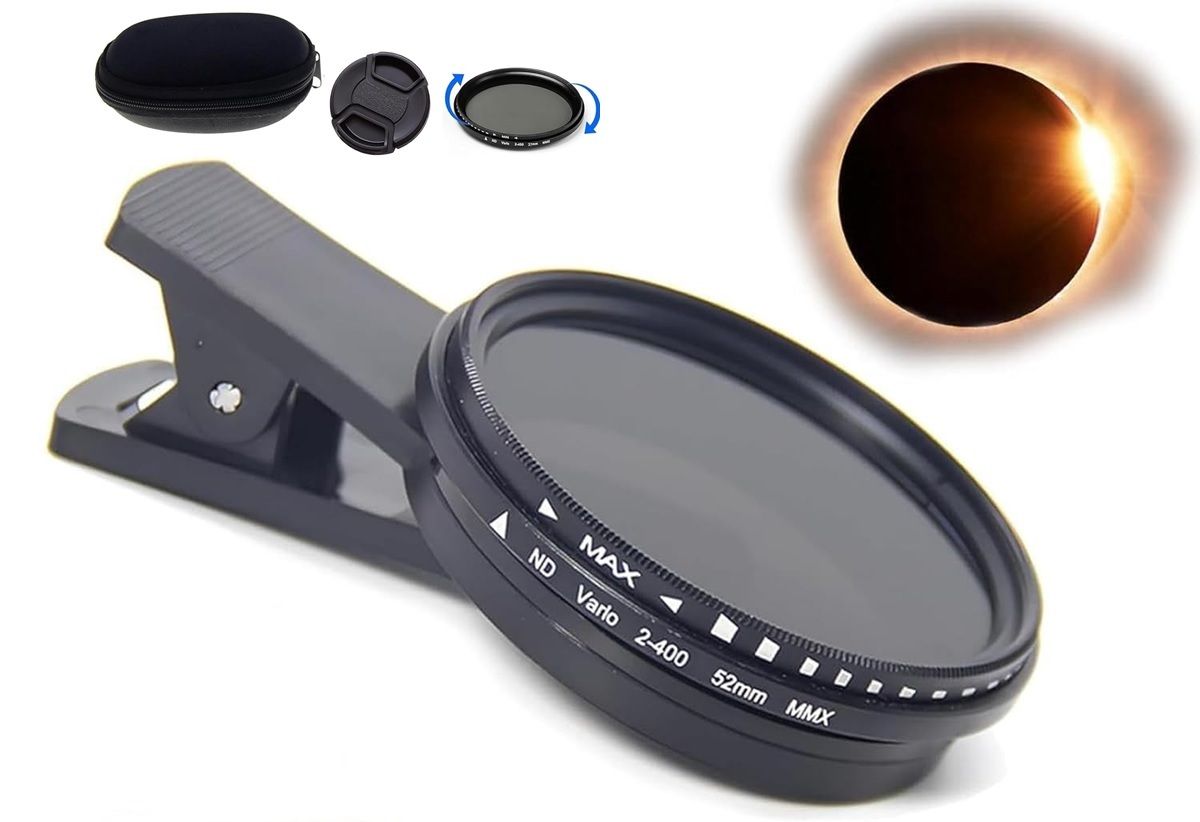
To begin with, you should know that looking directly at the sun is dangerous for your eyes and your phone’s camera. So, if you plan to photograph the solar eclipse, this is the first thing you should do Buy some eclipse glasses and an eclipse filter for your phone camera To prevent irreversible damage to your visual and mobile health.
Now, it’s important that you know the camera filter (it’s around). 15 € (Amazon) To get a photo of the sun’s outer edge, the moon must be removed from the cell phone when it completely blocks the sun.
Tip #2: Photography with a telephoto sensor… Isn’t your phone top-of-the-line? Don’t worry, any camera will work
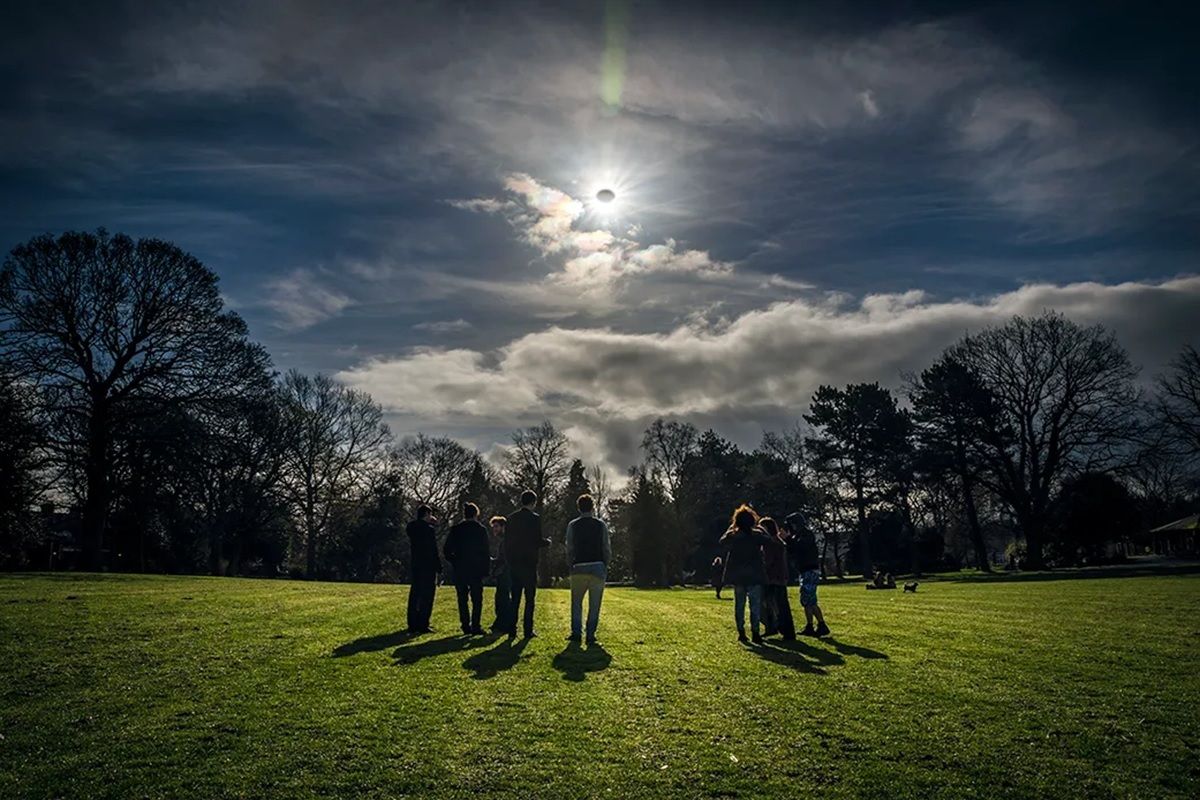
It’s best to use a phone lens to photograph the eclipse with a high-end phone. This is the sensor that allows optical zoom when taking pictures without losing image quality. It is activated by selecting the 2x, 3x or 5x options displayed on the camera app interface on your mobile phone.
Now, if your phone doesn’t have a telephoto camera, don’t worry, you can still get great eclipse photos. And in these cases, NASA recommends focusing on the area and photographing the landscape and how it changes with the eclipse. That is, don’t just focus on the eclipse, look around.
Tip #3: Use a tripod and remote shutter if possible
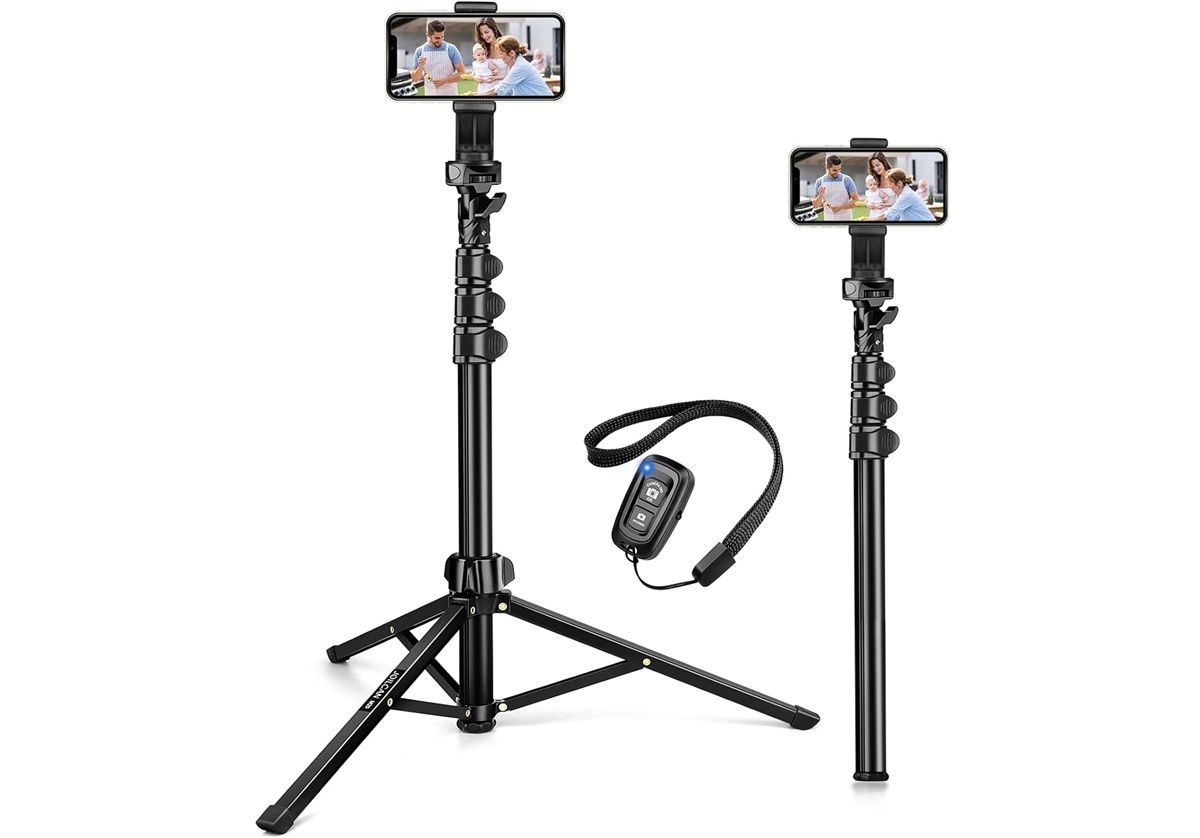
A good photograph of a solar eclipse requires a lot of stability. Therefore, the best thing you can do is to use a tripod to get stable photos without movement. In addition, it is very useful to use remote shutter to prevent mobile movement when pressing the screen to take a photo.
Tip #4: Practice with your camera settings and use the appropriate parameters
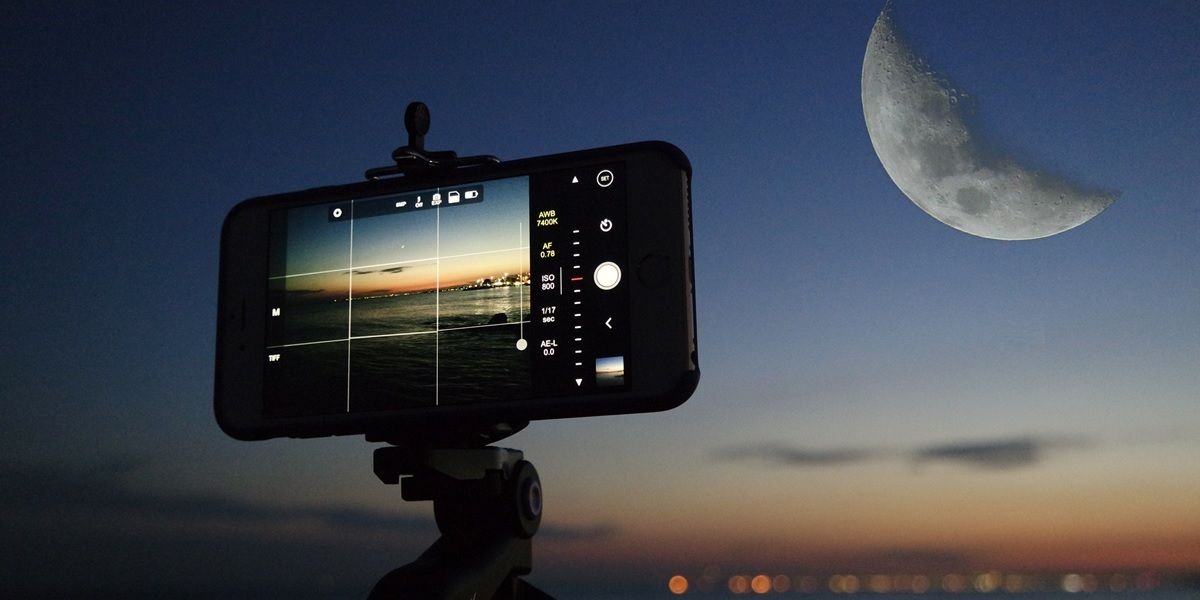
Finally, a final piece of advice from NASA is to get used to the settings of the camera app on your mobile phone. Most phones today make automatic camera adjustments based on location. If your mobile is like this We recommend that you disable AI functions, night mode, flash and autofocus (AF)..
Likewise, the camera app on some phones lets you make manual adjustments to ISO, aperture, and other parameters. If your phone doesn’t have this option, you can try installing a professional camera app… What to configure? So the following:
Set the ISO between 200 – 400. Set the aperture to f/2.4 (if possible or higher). Use a shutter speed between 1/1000 and 1/4 second.
source | Pot
